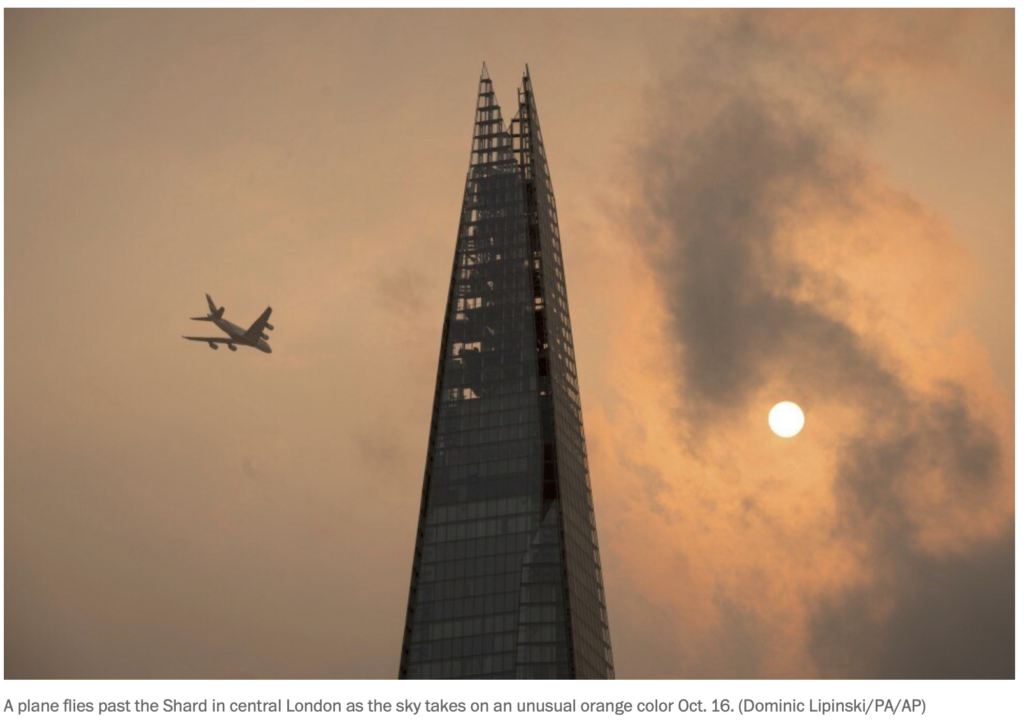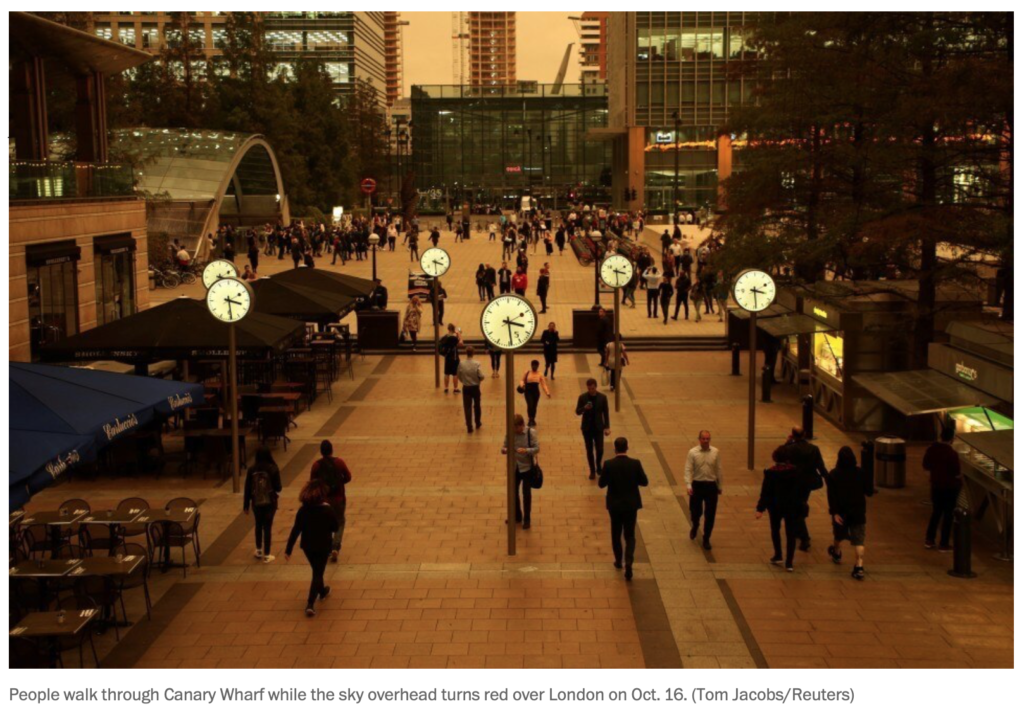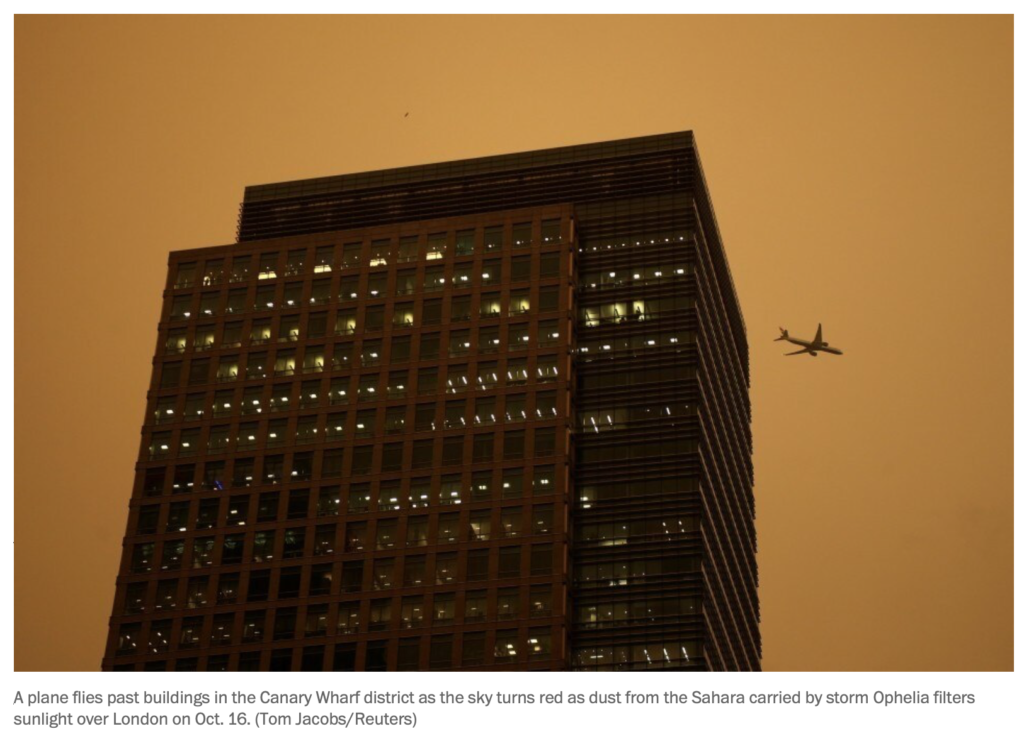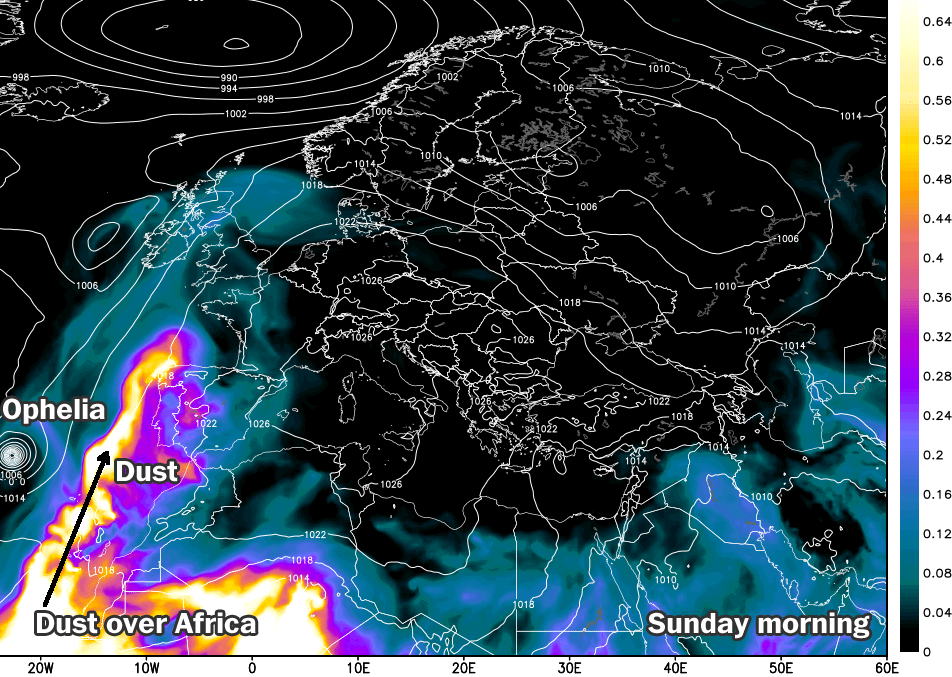Splitting is Eternis
Fissionable Are You
He loves the bomb. In a dark room, watching the city, his city come up in the candescent.
Rainlight northsea. Against his integration with the night, and the men who carry tabernacles into duskset.
He loves the bomb, the radiative blot rising out of a blue ocean, rainvapour blown in across the docks, light vectoring the soundless dark, channelling, converging angles that are worlds on the fleck. The morselline fleck of his, a point of time wrought only by ambient years, somewhere skull shotback into haze, boats drifting a line of nuclear sunsets his life has been. He loves the bomb, loves the walls that encase the synapses worn by rustwater, and the byeshadows that stretch from the awe of the event – the singular spheric heatbirth of Pacific quiesence rendered whitelit godly, and His warchilds, ghosts in nuclear subs stalking coastal everests in algal lunar blue, tasting pressure, airwaves in synchronicity with satellites whose fathers scatter the Los Alamos heatline into rust and some infinite integration with the night.
He loves the bomb. Goluboy, Siniy – the two Russian blues. what is to be done scrawled across his Leninine night, walls tinged with the interminable years, the double flash
There is no way out. Lie and wait, lie still and be quiet. Screaming holds across the sky. When it comes, will it come in darkness, or will it bring its own light? Will the light come before or after? But it is already light. How long has it been light? All this while, light has come percolating in, along with the cold morning air flowing now across his…
His Siniy, his Goluboy, underworld, overworld – light and anti-light, annihilative tendencies, self-world destruct code fissioning out of that pool of blue light where dreams leave men hurled on floorhomes, scarred Chechnyaesques billowing against the roof sill, the wave crest departing the ocean, the forgetting in the thrall of life re-wound – quarantina solara – trying to tune the radio in his heartpurse-red with the deep cool heatmind of a nation locking shop.
The high temperatures and radiation cause gas to move outward radially in a thin, dense shell called “the hydrodynamic front”. The front acts like a piston that pushes against and compresses the surrounding medium to make a spherically expanding shock wave. At first, this shock wave is inside the surface of the developing fireball, which is created in a volume of air heated by the explosion’s “soft” X-rays. Within a fraction of a second, the dense shock front obscures the fireball and continues to move past it, now expanding outwards, free from the fireball, causing a reduction of light emanating from a nuclear detonation. Eventually, the shock wave dissipates to the point where the light becomes visible again giving rise to the characteristic double flash due to the shock wave–fireball interaction. It is this unique feature of nuclear explosions that is exploited when verifying that an atmospheric nuclear explosion has occurred and not simply a large conventional explosion, with radiometer instruments known as Bhangmeterscapable of determining the nature of explosions.
He loves the bomb, the way time and space dimensionalised on the desert canvas, tattooed coordinates 33°40′38″N 106°28′31″W 05:29:21 MWT, 16.07.1945 across a sternum frame, repeating eyed-wide in a 4am mirror: Batter my heart, three-person’d God, Batter my heart, three person’d God. Sermons in the docks in whispered Korean, how god was made in Feynman’s rearview sketched out notebook bible blue:
FEYNMAN was standing twenty miles from the Trinity site when he was handed dark glasses. He decided he wouldn’t see anything through the dark glasses, so instead he climbed into the cab of a truck facing Alamogordo. The truck windshield would protect his eyes from harmful ultraviolet rays, and he’d be able actually to see the flash. Even so, he reflexively ducked when the horizon lit up with a tremendous flash. When he looked up again, he saw a white light changing into yellow and then orange: “A big ball of orange, the center that was so bright, becomes a ball of orange that starts to rise and billow a little bit and get a little black around the edges, and then you see it’s a big ball of smoke with flashes on the inside of the fire going out, the heat.” A full minute and a half after the explosion, Feynman finally heard an enormous bang, followed by the rumble of man-made thunder. James Conant had expected a relatively quick flash of light. But the white light so filled the sky that for a moment he thought “something had gone wrong” and the “whole world has gone up in flames.” Bob Serber was also twenty miles away, lying face down and holding a piece of welder’s glass to his eyes. “Of course,” he wrote later, “just at the moment my arm got tired and I lowered the glass for a second, the bomb went off. I was completely blinded by the flash.” When his vision returned thirty seconds later, he saw a bright violet column rising to 20,000 or 30,000 feet. “I could feel the heat on my face a full twenty miles away. Joe Hirschfelder, the chemist assigned to measure the radioactive fallout from the explosion, later described the moment: “All of a sudden, the night turned into day, and it was tremendously bright, the chill turned into warmth; the fireball gradually turned from white to yellow to red as it grew in size and climbed into the sky; after about five seconds the darkness returned but with the sky and the air filled with a purple glow, just as though we were surrounded by an aurora borealis. . . . We stood there in awe as the blast wave picked up chunks of dirt from the desert soil and soon passed us by.” Frank Oppenheimer was next to his brother when the gadget exploded. Though he was lying on the ground, “the light of the first flash penetrated and came up from the ground through one’s [eye]lids. When one first looked up, one saw the fireball, and then almost immediately afterwards, this unearthly hovering cloud. It was very bright and very purple.” Frank thought, “Maybe it’s going to drift over the area and engulf us.” He hadn’t expected the heat from the flash to be nearly that intense. In a few moments, the thunder of the blast was bouncing back and forth on the distant mountains. “But I think the most terrifying thing,” Frank recalled, “was this really brilliant purple cloud, black with radioactive dust, that hung there, and you had no feeling of whether it would go up or would drift towards you.” Oppenheimer himself was lying facedown, just outside the control bunker, situated 10,000 yards south of ground zero. As the countdown reached the two-minute mark, he muttered, “Lord, these affairs are hard on the heart.” An Army general watched him closely as the final countdown commenced: “Dr. Oppenheimer . . . grew tenser as the last seconds ticked off. He scarcely breathed. . . . For the last few seconds he stared directly ahead and then when the announcer shouted ‘Now!’ and there came this tremendous burst of light followed shortly thereafter by the deep growling roar of the explosion, his face relaxed into an expression of tremendous relief. We don’t know, of course, what flashed through Oppie’s mind at this seminal moment. His brother recalled, “I think we just said ‘It worked.’” “Afterwards, Rabi caught sight of Robert from a distance. Something about his gait, the easy bearing of a man in command of his destiny, made Rabi’s skin tingle: “I’ll never forget his walk; I’ll never forget the way he stepped out of the car. . . . his walk was like High Noon . . . this kind of strut. He had done it. Later that morning, when William L. Laurence, the New York Times reporter selected by Groves to chronicle the event, approached him for comment, Oppenheimer reportedly described his emotions in pedestrian terms. The effect of the blast, he told Laurence, was “terrifying” and “not entirely undepressing.” After pausing a moment, he added, “Lots of boys not grown up yet will owe their life to it.” Oppenheimer later said that at the sight of the unearthly mushroom cloud soaring into the heavens above Point Zero, he recalled lines from the Gita. In a 1965 NBC television documentary, he remembered: “We knew the world would not be the same. A few people laughed, a few people cried. Most people were silent. I remembered the line from the Hindu scripture, the Bhagavad-Gita; Vishnu is trying to persuade the prince that he should do his duty, and to impress him, takes on his multi-armed form and says, ‘Now I am become death, the destroyer of worlds.’ I suppose we all thought that, one way or another.” One of Robert’s friends, Abraham Pais, once suggested that the quote sounded like one of Oppie’s “priestly exaggerations.Whatever flashed through Oppenheimer’s mind, it is certain that the men around him felt unvarnished euphoria. Laurence described their mood in his dispatch: “The big boom came about 100 seconds after the Great Flash—the first cry of a new-born world. It brought the silent, motionless silhouettes to life, gave them a voice. A loud cry filled the air. The little groups that hitherto had stood rooted to the earth like desert plants broke into dance.” The dancing lasted but a few seconds and then the men began shaking hands, Laurence reported, “slapping each other on the back, laughing like happy children.” Source: American Prometheus, page 313 – 315)
In the first cry of a new born world. And he has the words on the tip of his tonguemorselled face, staring at blank Shard-east canvas London, memories listing from some eminence downlight: NI. NI. NI. Chantsmen, circling the primal sphere of nuclear inertia – eyeballing out of northsea. Solarine heartland thrown into schizoidenetic blues and reds and greys – inertia in receipt, inertia in deceit, inertia in lives lived dead as god bled behind the eyes – we live [sic] are dying in an old chaos of the sun. Sensing that they are all part of the same resonance pattern: A man leaving Canary under glimmer of dusklight, baton thrown to U.S. prime equity, hurled out of redmonitor into some ethereal light, tokyo television sky melding in prayer-blue dock water. And What would He Looking at Us glance in the flash before the roar, lisp the R get war, get information get machine, get third get fourth get fifth industrials, get heat circles dancing around the retina, get chorioretinal burns, get carbon, get heat, get communism, get red, get moon, get death. He would see children dancing, minute flecks on the retinal gauge of a whitelit world, arrestments against the general wave of spilt atomlight and deaf rate dissipating in the canvas, His One Immutable Secret leaving tremors in the soul register – Splitting Is Eternis; Fissionable Are You – commencing the infernal return to the cranial-uranial dance in the nuclear brainheart, light plunging out of one hemisphere, flooding the dark, primal regions of the other. So they danced in the midday sun, and cried as the rainlight fell out of Tokyo.
A modern brain and a primal brain. Your modern brain (frontal cortex) is responsible for problem solving, memory, language, judgement, impulse control, and reasoning. Your primal brain (hindbrain and medulla) is responsible for survival, drive, and instinct. When your primal brain is engaged (sympathetic response), your modern brain is not working much. When the primal brain turns off and the modern brain kicks into gear (parasympathetic response) rationality returns, bringing back clearer thinking.
Nuclear inertia, and lives spent circulating bright flashes in the sky… streaks of heatmap munchen screamed against the white light cord running a dissentium through the Berlin Wall in his mind, the hemispheric collapse
Patient W.J. Patient W.J.[30] was the first patient to undergo a full corpus callosotomy in 1962, after experiencing fifteen years of convulsions resulting from grand mal seizures. In 1962 Bombs blew over Pacific Ocean. He was a World War II paratrooper who was injured at 30 years old during a bombing raid jump over the Netherlands, and again in a prison camp following his first injury. After returning home, he began to suffer from blackouts in which he would not remember what he was doing or where, and how or when he got there. At age 37, he suffered his first generalised convulsion. One of his worst episodes occurred in 1953, when he suffered a series of convulsions lasting for many days. During these convulsions, his left side would go numb and he would recover quickly, but after the series of convulsions, he never regained complete feeling on his left side. Before his surgery, both hemispheres functioned and interacted normally, his sensory and motor functions were normal aside from slight hypoesthesia, and he could correctly identify and understand visual stimuli presented to both sides of his visual field. During his surgery in 1962, his surgeons determined that no massa intermedia had developed, and he had undergone atrophy in the part of the right frontal lobe exposed during the procedure. His operation was a success, in that it led to decreases in the frequency and intensity of his seizures.
Splitting Is Eternis; Fissionable Are You.
It’s why you need this. Why you want this. Why you want to see the atmosphere come fire. Why you love the bomb. Because it is not between them and us but the two hemispheres of your soul born-over white-lit godly in the flash.
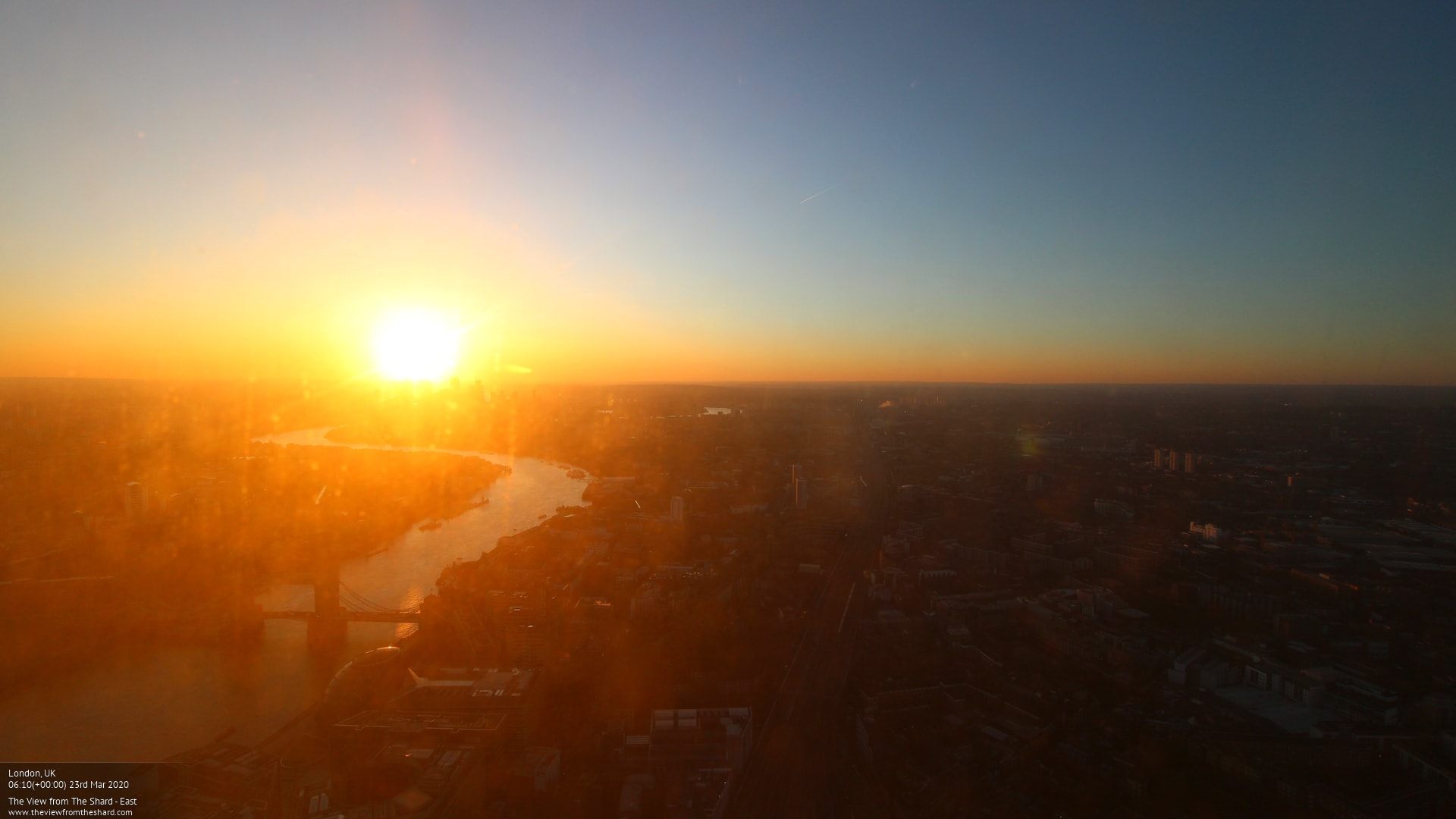
Zarathustra at one site of the explosion… Beckett’s duo at another… witnessing the nuclear sunsets of the Operation Dominic atmospheric test…. Nietzcshe places the soul at the heart, the radiance core humane, whereas Beckett’s duo at at the edge of some great event, the byeblow, and it is a summative battle fought subconsciously between the two – the spirit that finds itself at the heart of proceedings, and the spirit that dances at the edge, the way extra-version, and introversion dyadise one another… it was as if London were the introverted soul to New York’s central becoming of things, the radiating outward blast and its solarine assistant.
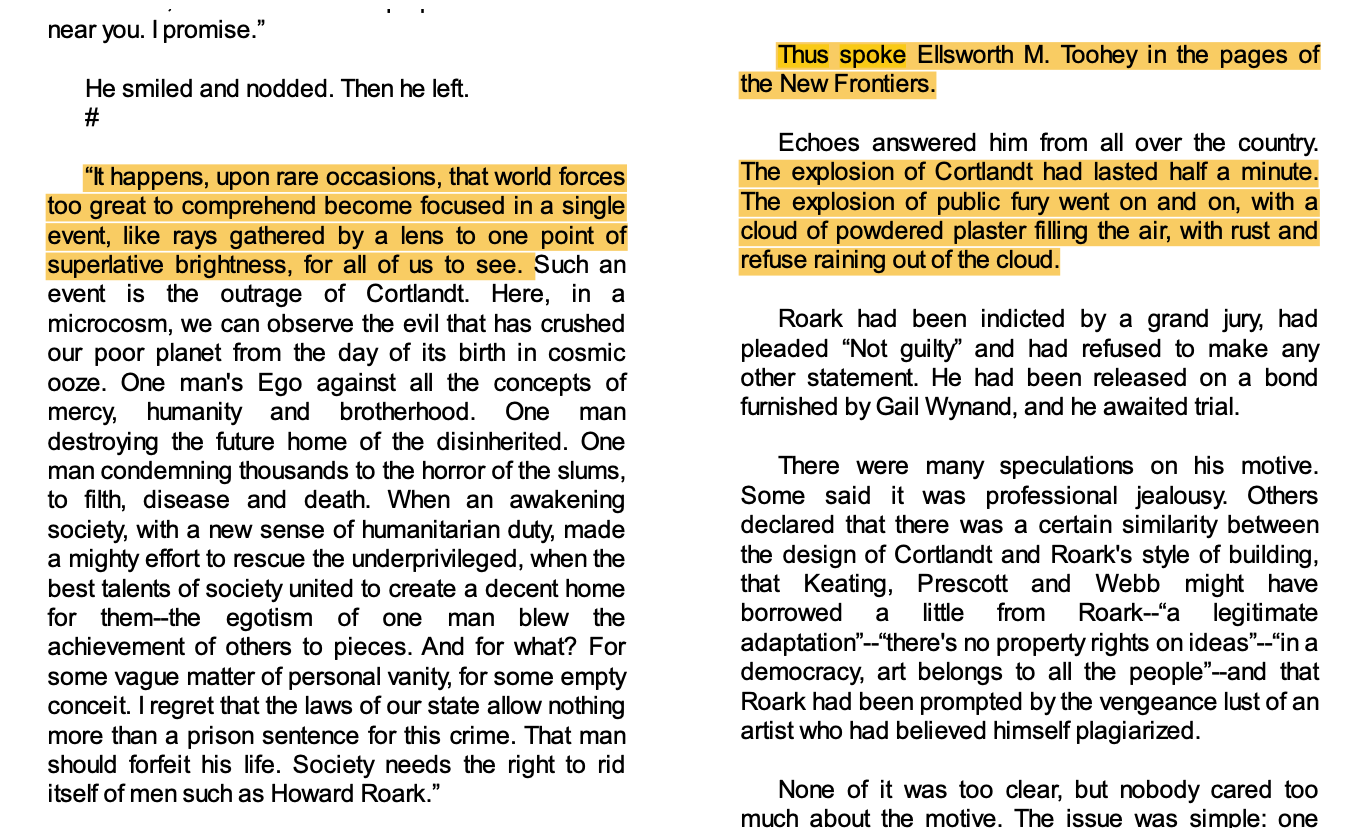
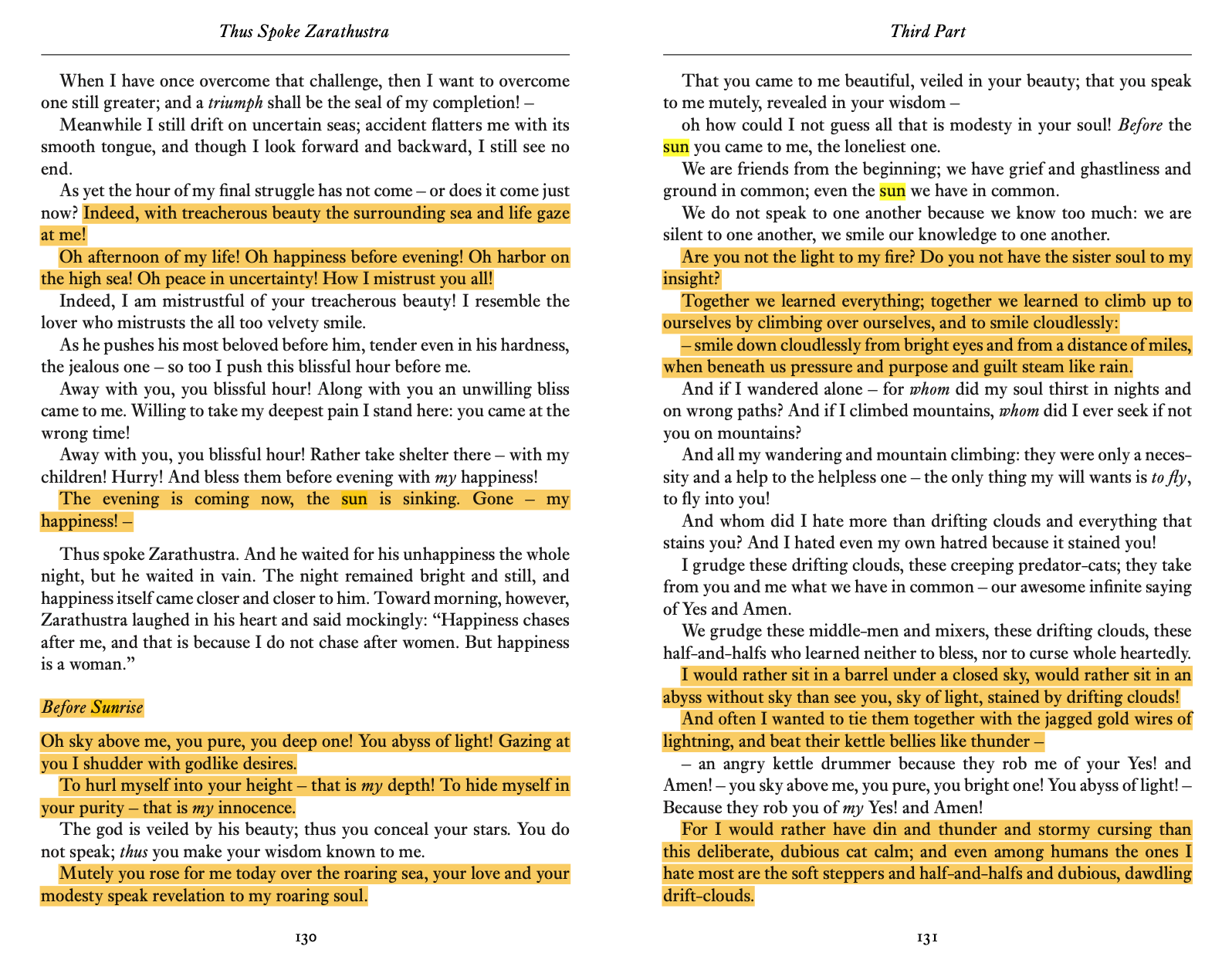
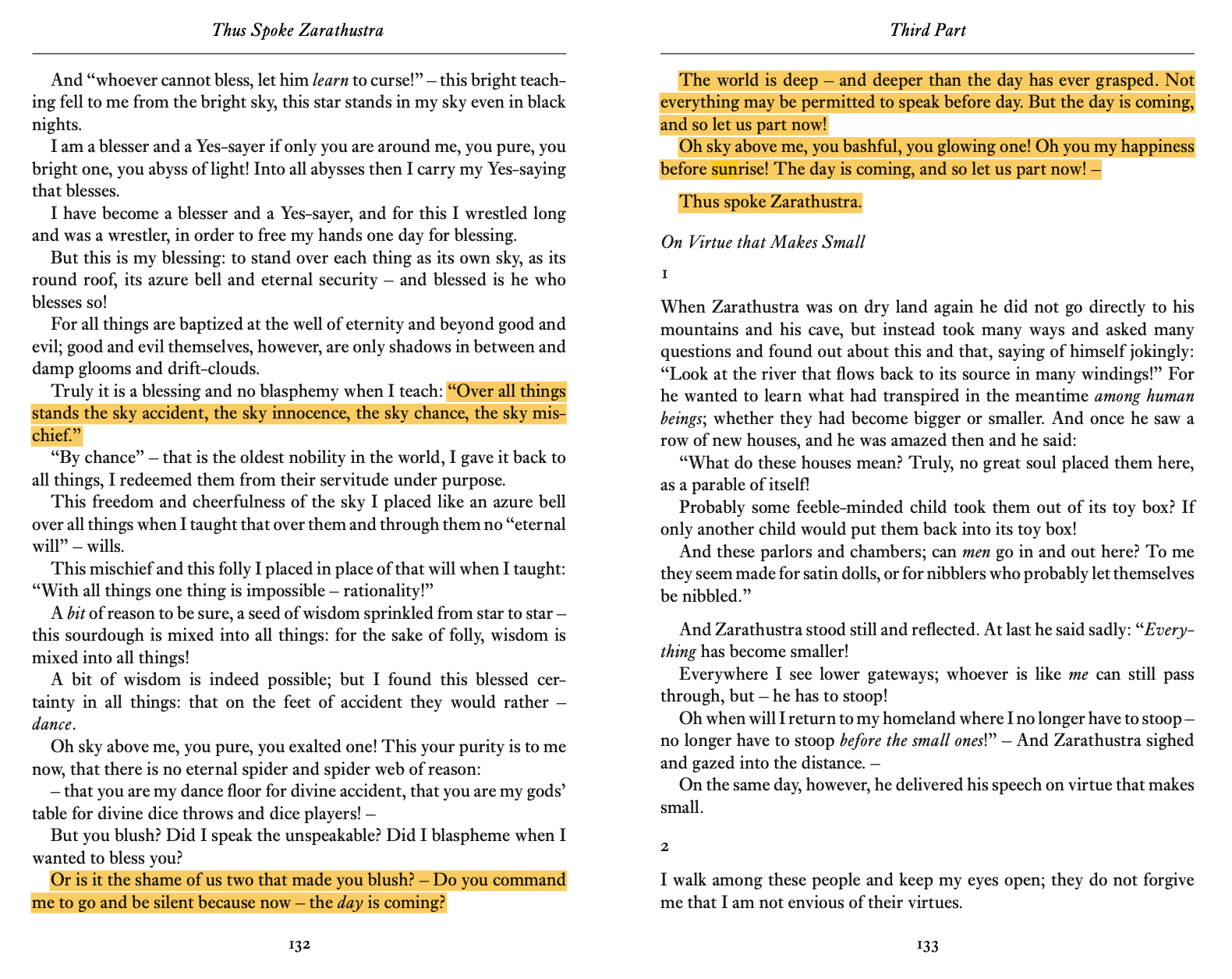
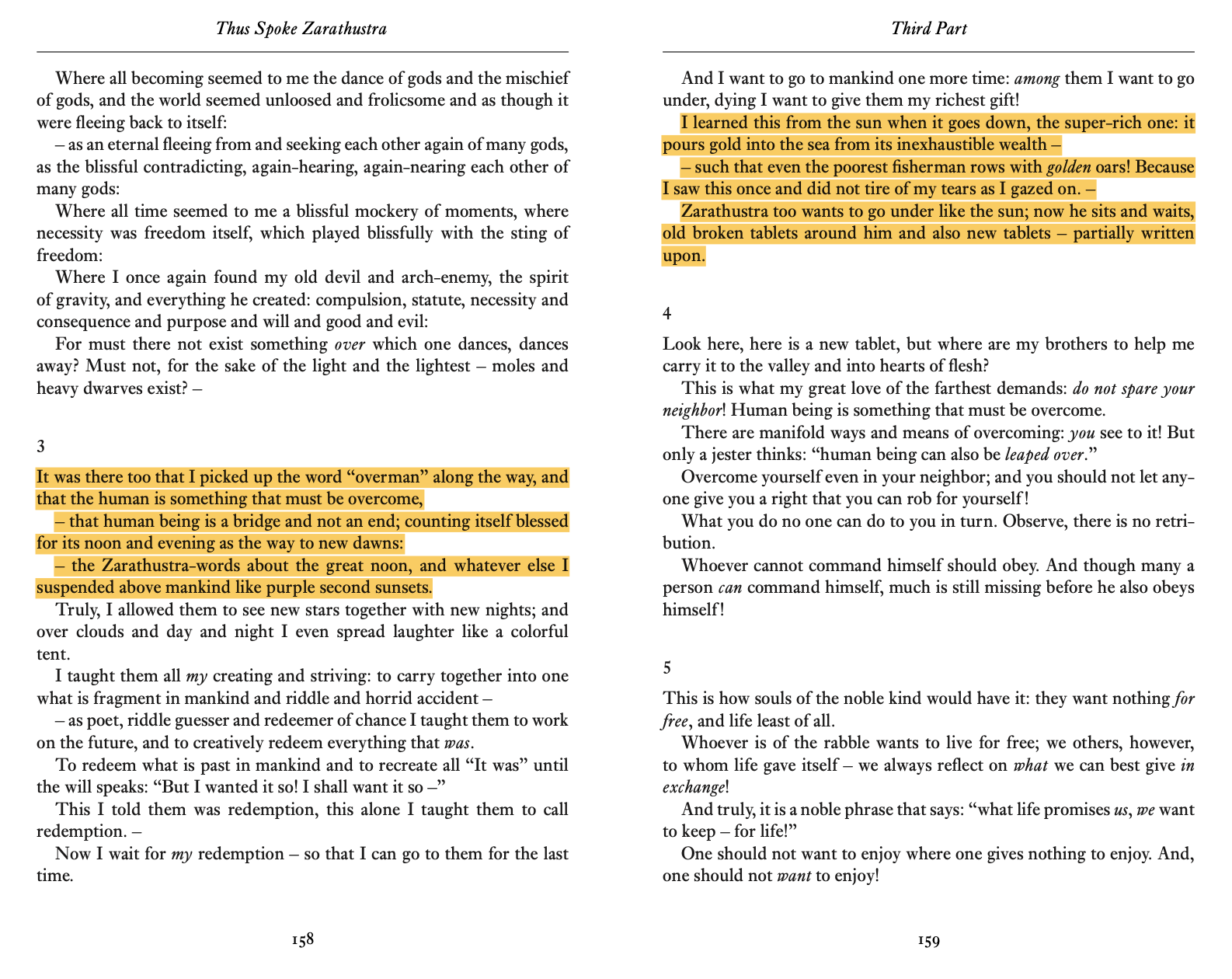
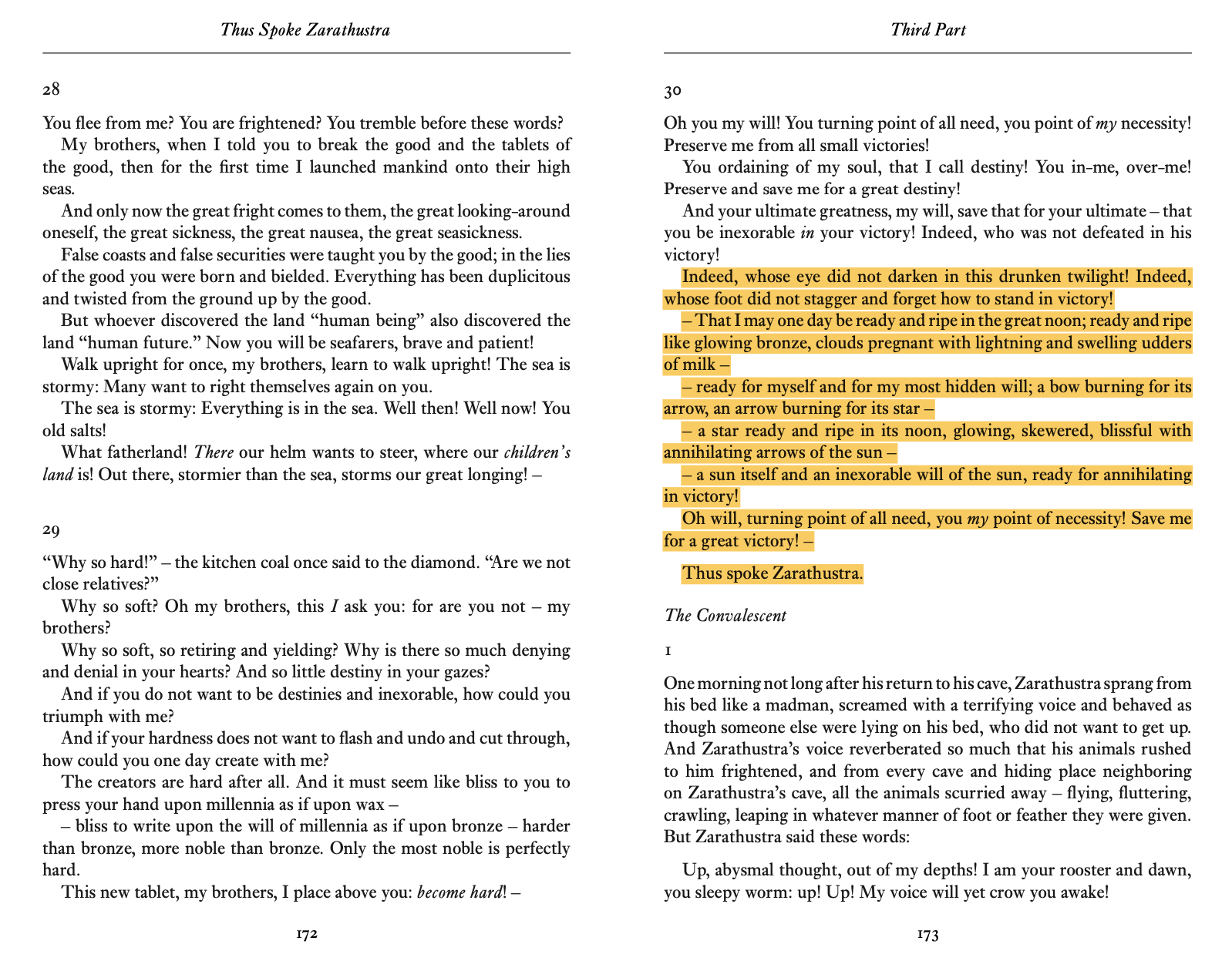
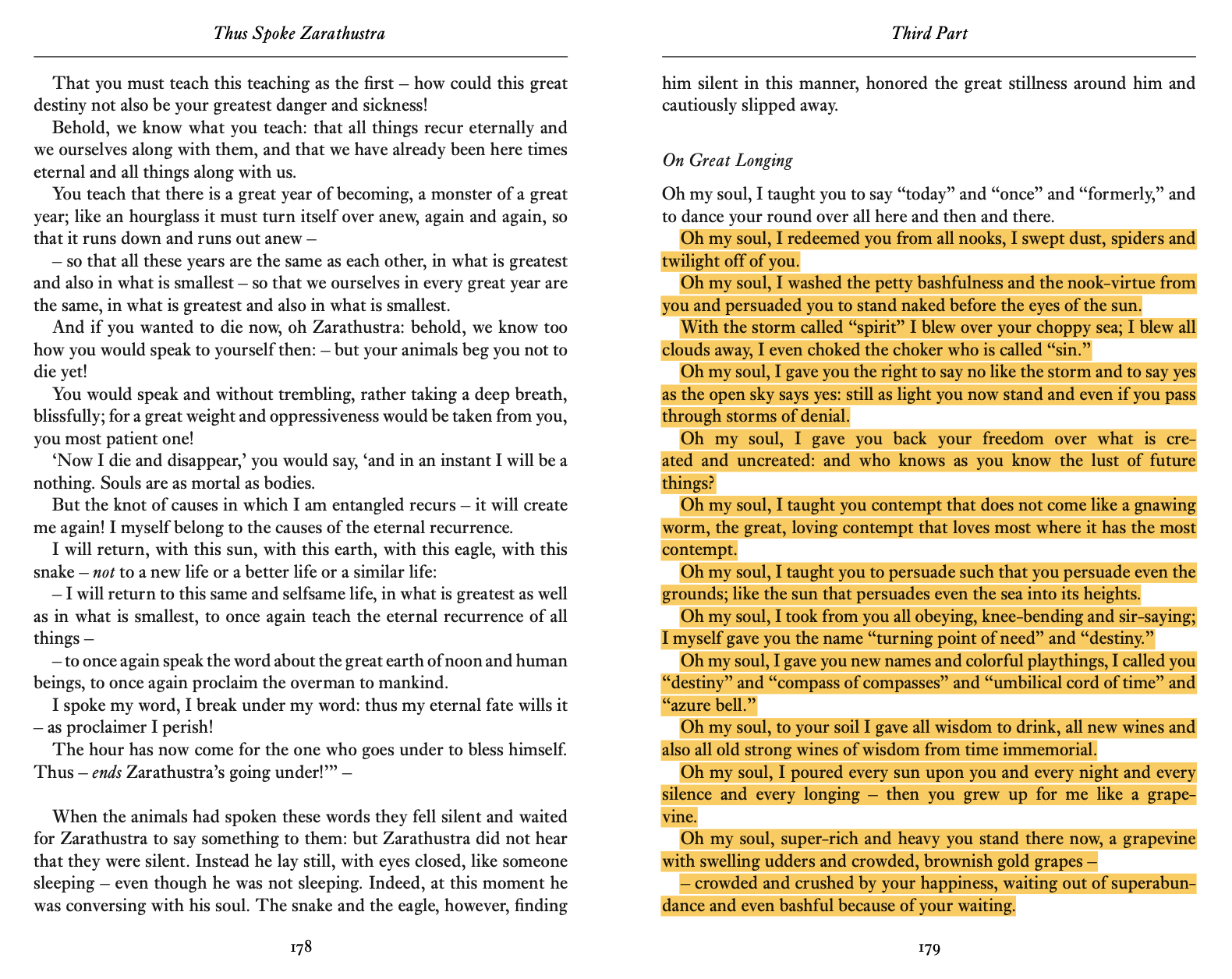
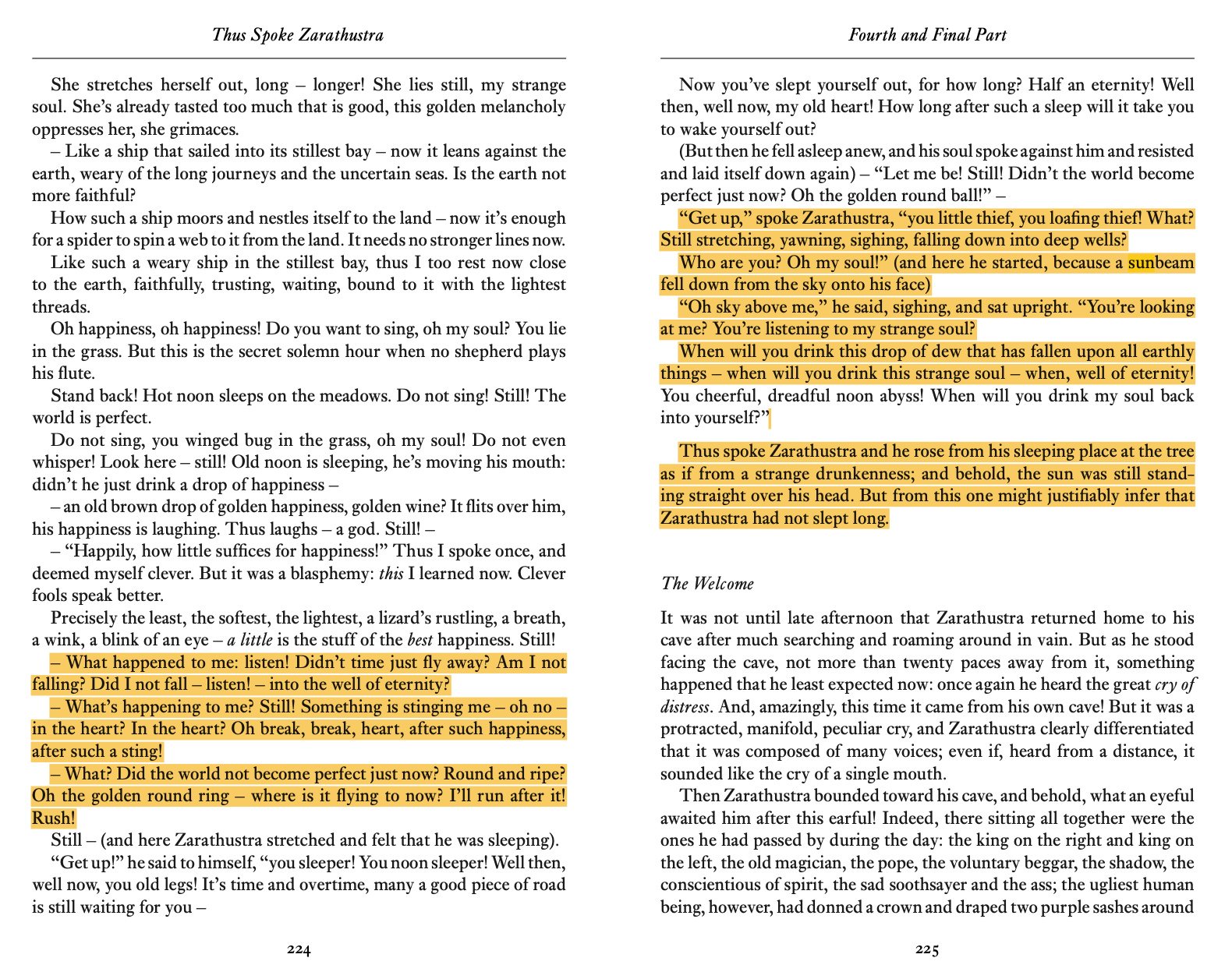
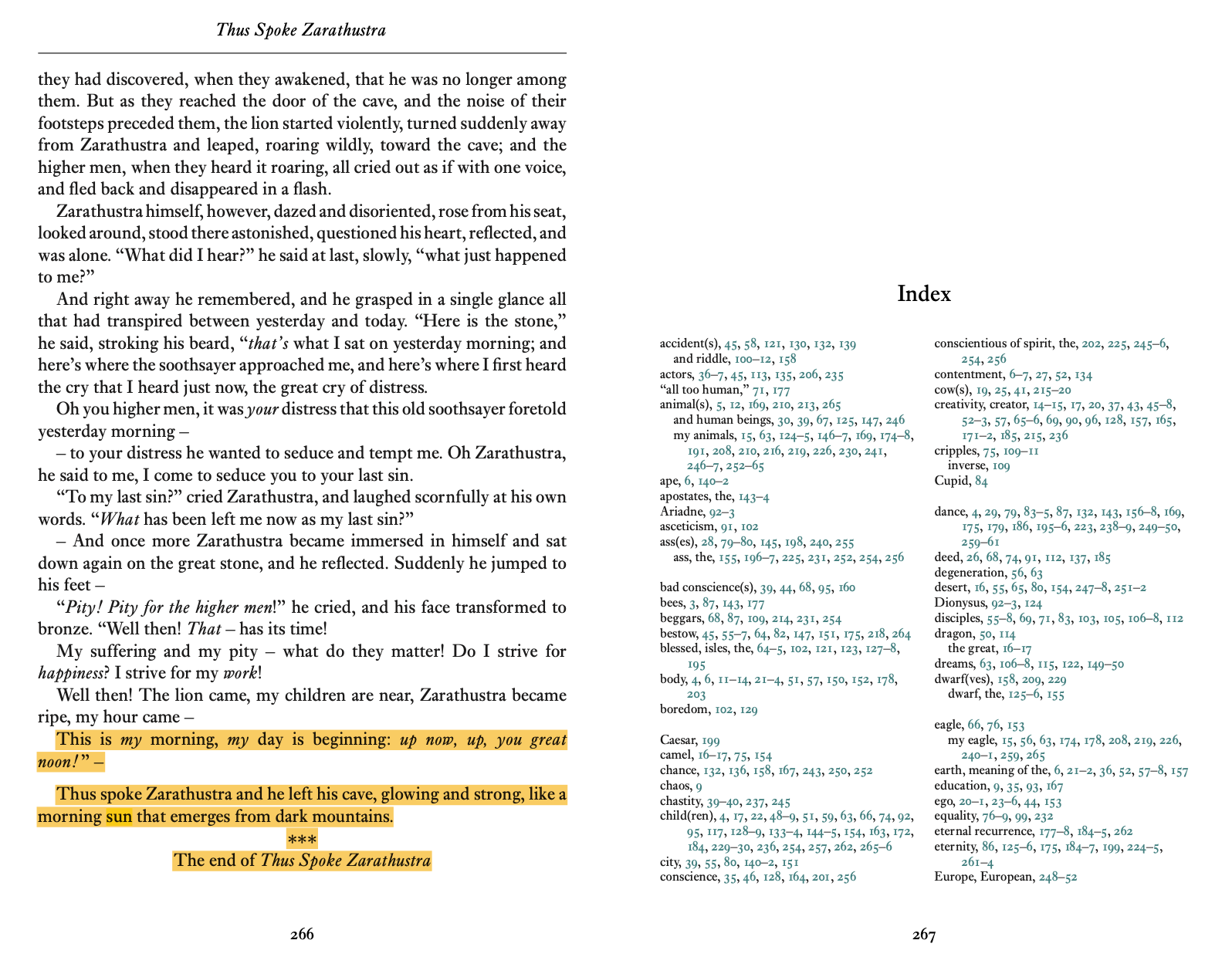
A madman, VSR organisation – shadowy, Dr. Strangelove, cross-fertilised Helmut Kohl, Kissinger, Oliver Sacks – dreaming the nuclear bomb exploding over northsea
People with failing eyesight, paradoxically, may become immersed in a hallucinatory visual world. Hallucinations can be brought on by a simple fever or even the act of waking or falling asleep, when people have visions ranging from luminous blobs of color to beautifully detailed faces or terrifying ogres. Those who are bereaved may receive comforting “visits” from the departed. In some conditions, hallucinations can lead to religious epiphanies or even the feeling of leaving one’s own body.
THE CHARACTER IN THE SHARD TOWER… RETINAL LESIONS FROM STARING INTO THE SUN… but he becomes a SEER, seeing London for what it is in diaphonous colours….
A washing machine…. The sky falling in…
The Paradoxical Brain focuses on the phenomenon whereby damage to the brain can actually result in enhancement of function, questioning the traditional belief that lesions or other negative effects on the brain will result in loss of function
https://www.youtube.com/watch?v=Mi-vUqq7aMk
HIS LIFE ALL LIFE …. A STRING OF THERMONUCLEAR BOMBS IN THE SYNAPSES….
Only wants to feel.
To Feel.
We’re all coming back from this.
Continuous monitoring… of the slow motion nuclear explision in the lung… hooked up to the monitors…
They are part of the same resonance pattern.
He, leaving Canary under the glimmer of dusklight, baton thrown to U.S. prime equity, Tokyo television sky tanker dropping redzones
We must look elsewhere. WMLE. Replacing Lenin’s What Is To Be Done. .WMLE replaces WITBD. Scrawled on the wall.. of the cult…
Ideas of the Ubermensch…. The Overmen… shot up into the sky to witness the nuclear war…. And he has a plot… a plot to formulate the war… so he can watch the world burn… quite literally from a resolve in space… the Rayleigh scattering…out past the von Karman line….
https://www.youtube.com/watch?v=ZyI64UVWNps – He’s thrown into some ethereal light …. Everyone’s lives run by this logic… we are all nuclear…. We are all nuclear…. We are all nuclear…
The man jumps off a bridge and is dragged downstream, dies, leaves behind a resonance pattern…. All just beams of temporary light condensing, given over to goluboy….
He is trying to prove that we are all nuclear….
The Institute of Freight Psychoanalysis…. I.F. is writing a thesis on nuclear inertia…. The relation between Bombs and Viruses.
They have hemispheric distrust in the doers – hence the formulation what is to be done – is met with we must look elsewhere…
They want to place the leaders of the world in orbit… let them see the nuclear end….
Nuclear inertia…. That leads men to lives circulating that bright flash in the sky…. Rotating at a pausative dissentium….
If the three-dimensional world were likened to a picture, all he had seen before was just a narrow view from the side: a line. Only from four-dimensional space could he see the picture as a whole. He would describe it this way: Nothing blocked whatever was placed behind it. Even the interiors of sealed spaces were laid open. This seemed a simple change, but when the world was displayed this way, the visual effect was utterly stunning. When all barriers and concealments were stripped away, and everything was exposed, the amount of information entering the viewer’s eyes was hundreds of millions times greater than when he was in three-dimensional space. The brain could not even process so much information right away. In Morovich and Guan’s eyes, Blue Space was a magnificent, immense painting that had just been unrolled. They could see all the way to the stern, and all the way to the bow; they could see the inside of every cabin and every sealed container in the ship; they could see the liquid flowing through the maze of tubes, and the fiery ball of fusion in the reactor at the stern…. Of course, the rules of perspective remained in operation, and objects far away appeared indistinct, but everything was visible. Given this description, those who had never experienced four-dimensional space might get the wrong impression that they were seeing everything “through” the hull. But no, they were not seeing “through” anything. Everything was laid out in the open, just like when we look at a circle drawn on a piece of paper, we can see the inside of the circle without looking “through” anything. This kind of openness extended to every level, and the hardest part was describing how it applied to solid objects. One could see the interior of solids, such as the bulkheads or a piece of metal or a rock—one could see all the cross sections at once! Morovich and Guan were drowning in a sea of information—all the details of the universe were gathered around them and fighting for their attention in vivid colors. Morovich and Guan had to learn to deal with an entirely novel visual phenomenon: unlimited details. In three-dimensional space, the human visual system dealt with limited details. No matter how complicated the environment or the object, the visible elements were limited. Given enough time, it was always possible to take in most of the details one by one. But when one viewed the three-dimensional world from four-dimensional space, all concealed and hidden details were revealed simultaneously, since three-dimensional objects were laid open at every level. Take a sealed container as an example: One could see not only what was inside, but also the interiors of the objects inside. This boundless disclosure and exposure led to the unlimited details on display. Everything in the ship lay exposed before Morovich and Guan, but even when observing some specific object, such as a cup or a pen, they saw infinite details, and the information received by their visual systems was incalculable. Even a lifetime would not be enough to take in the shape of any one of these objects in four-dimensional space. When an object was revealed at all levels in four-dimensional space, it created in the viewer a vertigo-inducing sensation of depth, like a set of Russian nesting dolls that went on without end. Bounded in a nutshell but counting oneself a king of infinite space was no longer merely a metaphor.
Everyone’s lives run by this logic… we are all nuclear…. We are all nuclear…. We are all nuclear…
He’s sat staring at nothing – four screens – tracking charts, prices, yields – his skin mildly cooled against the redness of midday meetings burning out into blue evening. He watches the city passing in a dysplasia of lights, absenting from the market numbers dropping red in contagion, on work colleague dreams – against the desk – hard. – when he leaves One Canada Square passing down into the DLR rail lines, noticing the catheter of a small old man carried on a neck of tarpaulin staring at the tracks – and he sees the impulse, the impulse –
She prescribes a repeat of lithium pills to calm the tension in her brain,
outside the room, peering in, another sunset commences, plunging out of one hemisphere – a cascade of
nuclear explosions in its corona that register here in the small drab office aside the river, on the carpet as mute, minute slits, she’s crying again – only wants to feel, to feel.
Everyone’s lives run by this logic… we are all nuclear…. We are all nuclear…. We are all nuclear…
and What would He Looking at Us glance in the flash before the roar, lisp the R get war, get information get machine, get third fourth fifth sixth industrials, get heat circles dancing around the retina, get chorioretinal burns, get carbon, get heat, get communism, get red, get moon, get death, He would see children dancing, minute flecks on the retinal gauge of a whitelit world, see the x-rays of chests blood sped up, heaving. And herein would disclose his secret unto his spilt chestlight now dissipating in the canvas: that the splitting would be reborn over in eternis, not within the infernal dreamhouse of uranium-235 but in the crania of the small flecks, His neural fissionables. That that was why they danced in the midday sun then fell into the deeps of a dark cloud: the primal hemisphere outcurving the modern
as nuclear northsea secret passes from Vermork heavywater
running life in nuclear slow motion
HIS LIFE ALL LIFE …. A STRING OF THERMONUCLEAR BOMBS IN THE SYNAPSES…. Only wants to feel. To Feel. We’re all coming back from this. Continuous monitoring… of the slow motion nuclear explision in the lung… hooked up to the monitors… They are part of the same resonance pattern. He, leaving Canary under the glimmer of dusklight, baton thrown to U.S. prime equity, Tokyo television sky tanker dropping redzones He’s thrown into some ethereal light …. Everyone’s lives run by this logic… we are all nuclear…. We are all nuclear…. We are all nuclear… The man jumps off a bridge and is dragged downstream, dies, leaves behind a resonance pattern…. All just beams of temporary light condensing, given over to goluboy…. Nuclear inertia…. That leads men to lives circulating that bright flash in the sky…. Rotating at a pausative dissentium….
He enters into a forest of fMRI monitors, old men in white robes shuddering with their eyeballs white in the back of their head, visual waterscapes tracing variations of magnetic resonance water molecules within localised blood flow to the brain, programmed to look like a brain lighting up in some parts but not in others, sparkling grey matter loping across the hemispheres – it looks like satelitte images, the gulf stream in a cooling phase, good night gone, plunged cold day after tomorrow Europe. Most physicists would still say no because of the decoherence problem, where microscopic quantum effects ‘wash out’ in large, wet and warm environments like the brain (Waldner, 2017)
The music he knows Basinski disintegration tapes, Basinski filmed this watching the twin towers fall,
There is another atomic pulse in society – systemically important financial institutions – SIFI – the oligopoly at the heartland of it all. The bomb is trying to call out to histor…trying to momentalise something…radicalisation always from rich boys finding god….the bomb that intensive involution… The number of numbers is infinite…she replies that so is the number of revolutions, there can be no final revolution, one imagines how sweetly this fell upon the ear of the Bolshevics was to root out and destory the slightest suspicion of a second…
The handle turns..
Nothing is final, the only reality is change…The point of time wrought only by ambient years…the odyssey
They’re converging – events, dates, times – Bill Gates, we all look back now, at the prophecy – the nuclear mushroom cloud transforming to a subatomic virus, a solar corona in the blood vessel, in the lungs.
Nuclear inertia.
Bill wheels out a large barrel. April 03 2015.
“When I was a kid the disaster we worried about most was a nuclear war. That’s why we had a barrel like this [he points to the barrel, scrawled in yellow: “Survival Supplies Furnished by Office of Civil Defense Department of Defense 17 1/2 gallons] filled with cans of food and water. When the nuclear attack came we were supposed to go downstairs, hunker down, and eat out of that barrel. Today the greatest risk of global catastrophe doesn’t look like this, instead it looks like this. If anything kills over 10 million people in the next few decades, it’s most likely to be a highly infectious virus, rather than a war, not missiles but microbes. Now part of the reason for this is we have invested a huge amount in nuclear deterrence, but we’ve actually invested very little in a system to stop an epidemic. We are not ready for the next epidemic.”
I was at the same time enthralled to the bomb. I’m researching why the Belt and Road is a child of the atom. Long stretch, will take time, when I came across this, from Trinity, the first atomic explosion:
The bomb explodes in four dimensions.
September 2020 06:58am
Radical decoupling.
Trump confront Xi Jinping in an incendiary.
How the coronavirus outbreak is like a nuclear attack: an interview with Jeffrey Lewis (Jeffrey Lewis, John Krzyzaniak, March 20, 2020)
In 2018, arms control expert Jeffrey Lewis published a book titled The 2020 Commission Report on the North Korean Nuclear Attacks Against the United States: A Speculative Novel. As the title suggests, it’s a fictitious account, written in the style of a retrospective government report, of a nuclear attack on the continental United States.
Lewis describes the pandemic as a “nuclear war in slow motion” and says that effectively managing both types of crises requires a cooperative, internationalist approach.
a pandemic is just a kind of nuclear war in slow motion. Preventing nuclear war and managing a pandemic require the same conceptual approach.
JK: We will probably have many weeks and months ahead, while we’re all trapped in our homes, to dwell on the lessons learned, and whether certain lessons could be applied to nuclear command and control. But from an academic perspective, have you learned any lessons for your work in the nuclear field?
JL: One thing about nuclear command and control, which the virus outbreak underscores, is that it is so hard to get good information in a crisis. The epidemic spiraled out of control so quickly in certain countries that even the best experts were rushing to figure out what was going on. To me the danger of a nuclear war is not that somebody’s going to get up one morning and say, “Ah, fuck it,” and push the button. It’s that we’re deeply flawed as human beings, and we have imperfect information, and we’re always trying to make decisions under complexity. And I think you saw the same things here. There was enough uncertainty early on that people could argue about how contagious the virus is, or how deadly it is. That uncertainty hampered the response at a critical moment.
The Archbishop of Canterbury has likened the coronavirus pandemic to a nuclear explosion, the fallout of which will last for years and shape the nation’s future in unforeseeable ways. Speaking at Westminster, the Most Rev Justin Welby welcomed the “war budget commitment” made by the Government to shore up the struggling economy. But the top Anglican cleric stressed the need for the “enormous and unprecedented” financial support to benefit the entire country and not just the big cities. “The crisis through which we are passing will change this nation in deep and unpredictable ways. “Like a nuclear explosion, the initial impact is colossal but the fallout last for years and will shape us in ways we can’t even begin to predict at the moment.”
EACH OF THE VETERANS ARE HOOKED UP LIKE IN INCEPTION TO SOME SERUM THAT ALLOWS THEM TO DREAM… SOME OPIOID SERUM…HOOKED UP ON FMRI … PROBING THEIR SOULS…. The split between the brain, the mind, the soul, immersion…
Silk Road Veterans…Vietnam…Korea…Afghanistan…Arctic…Novaya Zemlya…
with retinal lesions from staring at the sun, too long …. DEPTH OF THE INERTIAS YOU COULD NEVER KNOW…. GUATTARI’S LA BORDE…. PARANOIAC.. … A ROOM OF FMRI MONITORS….
Silk Road Veterans…Vietnam…Korea…Afghanistan…Arctic…Novaya Zemlya…
WHY THEY ARE HOOKED UP LOOKING FRAIL…. STARTED OFF STRONG MEN… GROUND DOWN… DISSOLUTION…
A schizophrenic out for a walk is a better model than a neurotic lying on the analyst’s couch. A breath of fresh air, a relationship with the outside world. Lenz’s stroll, for example, as reconstructed by Buchner. This walk outdoors is different from the moments when Lenz finds himself closeted with his pastor, who forces him to situate himself socially, in relationship to the God of established religion, in relationship to his father, to his mother. While taking a stroll outdoors, on the other hand, he is in the mountains, amid falling snowfiakes, with other gods or without any gods at all, without a family, without a father or a mother, with nature. “What does my father want? Can he offer me more than that? Impossible. Leave me in peace.”1 Everything is a machine. Celestial machines, the stars or rainbows in the sky, alpine machines— all of them connected to those of his body. The continual whirr of machines. “He thought that it must be a feeling of endless bliss to be in contact with the profound life of every form, to have a soul for rocks, metals, water, and plants, to take into himself, as in a dream, every element of nature, like flowers that breathe with the waxing and waning of the moon.”la To be a chlorophyll- or a photosynthesis-machine, or at least slip his body into such machines as one part among the others. Lenz has projected himself back to a time before the man-nature dichotomy, before all the co-ordinates based on this fundamental dichotomy have been laid down. He does not live nature as nature, but as a process of production. There is no such thing as either man or nature now, only a process that produces the one within the other and couples the machines together. Producing-machines, desiring-machines everywhere, schizophrenic machines, all of species life: the self and the non-self, outside and inside, no longer have any meaning whatsoever.
FROM THE SHARD …. SIMULATING THE EXPLOSION OF A NUCLEAR BOMB….
AND HOW IT WOULD PROPAGATE THROUGH LONDON….
JUST A SINGLE DAY’S ACCOUNTING….
…BUT THEN ALSO METAPHORICALLY…THE BOMB IS A FINANCIAL NUCLEAR BOMB…. IT IS A BIOGENETIC NUCLEAR BOMB….
LATENCY —> EXPLICATION…. SLOTERDIJK….
HOLOGRAMS FOR PEACE… Veterans hooked up
BUT THE DATA SERVERS AND THE SEED BANKS ARE DEEP IN THE ARCTIC…
Long position in International Relations | Use Virilio and Baudrillard to describe the shape of this space… hedged with short term counter-options
Maybe there are not in the shard – veterans but in the church with the rotating webcam
https://www.nature.com/articles/d41586-020-00794-y
Insuring catastrophic risks… Lloyds…
And those are the only ocean effects. Within a few years of a nuclear war, a Nuclear Nino would roll the Pacific Ocean says Joshua Coupe, a graduate student at Rutgers. This is a turbo charged version of the phenomenon known as El Nino. In the case of a US-Russia nuclear war, the dark skies would cause the trade winds to reverse direction and water to pool in the eastern Pacific Ocean.
https://thebarentsobserver.com/en/security/2020/04/anti-satellite-weapon-tested-plesetsk
https://scitechdaily.com/emergency-mapping-chernobyl-fires-from-space/
Decommissioning Era (Austerity)
VR Simulation of Entire Wars.
Nuclear Risk Insurers Ltd | London http://www.nuclear-risk.com/pages/dlfilebytag/NF-26137-1BA59D5098F77003FBBDECCB22595813
Jung believed that a virtuous or ‘good’ person was one who had fully integrated his shadow self into his conscious. By ‘shadow’ Jung was referring to the darker impulses of our subconscious that we don’t like to admit to, or if we are particularly naïve, perhaps do not even know about. It is composed of our dark, innate primal desires.
“None of us stands outside humanity’s black collective shadow” — Carl Jung
Jung identified a collective human unconscious that we all share. And due to the historical propensity of human beings to inflict unimaginable atrocities upon one another, Jung believed that we all necessarily had to confront these uncomfortable truths or risk being puppets to these hidden impulses. The most frightening aspect of reading history is that if you actually understand what you are reading about — well, you are potentially reading about yourself (both the good and the bad). Most people find it comforting to dismiss instances of inhumane acts as exclusive to that one particular race, tribe, nation or civilisation. Yet we know this this simply not the case.
Unfortunately, and this is terrifying even to acknowledge, we all possess these capabilities somewhere deep inside of us by mere virtue of being a human. It is a non-negotiable feature that comes with the pact of this existence. Even though we may be a genuinely good person, under the right circumstances our shadow could manifest itself. This is precisely why it is of the utmost importance that we each individually incorporate these subconscious aspects of our psyche into our conscious, so that we can ensure that they are never unleashed.
“How can I be substantial if I do not cast a shadow? I must have a dark side also if I am to be whole” — Carl Jung
Enlightenment
So far I have canvassed this concept using the proverbial ‘stick’. There is a ‘carrot’ to this process too. Jung believed that the fully developed — even “enlightened” — individual was a dangerous individual. His contention was that without fully integrating our shadow into our very Being, we risked being a puppet to our darker impulses. Not only did this make us dangerous through our ignorance of such a risk, but it left us open to manipulation by deceitful and tyrannical individuals who appealed to those very same dark impulses deep inside of us. The exploitation by people in power of the mob mentality and “us and them” distinctions are examples of this.
“One does not become enlightened by imaging figures of light, but by making the darkness conscious” — Carl Jung
Friedrich Nietzsche’s observation was that cowardice was often mistaken for morality. It is not that the ‘good’ person chooses not to commit acts of evil, but that they are incapable of doing so. The whole individual was the person who had the capacity to break the rules when necessary, stand up for themselves and for what they believed in, and to confront immoral acts when they occurred. Yet this could only be achieved by the individual who they themselves cast a shadow. If we do not have the capacity to stand up for ourselves, then we risk falling victim to the pathology of the crowd or to other individuals.
When we stop to think about it, it makes perfect sense. The people we respect the most almost always have an element to their presence that means that we will not cross them or try to cheat them because we know that there will be repercussions if we were to do so. When we think of the mythological ‘Hero’ figure — evident in all of our superhero movies — they always have an underlying capacity for destruction that can be unleashed at any moment which induces fear into their nemesis. Jung said that the “assimilation of the shadow gives a man body, so to speak”.
The Shortest Shadow
Nietzsche’s Philosophy of the Two
Midday is not the moment when the sun embraces everything, makes all shadows disappear, and constitutes an undivided Unity of the world; it is the moment of the shortest shadow. And what is the shortest shadow of a thing, if not this thing itself?Yet, for Nietzsche, this does not mean that the two become one, but, rather, that one be- comes two. Why? The thing (as one) no longer throws its shadow upon another thing; instead, it throws its shadow upon itself, thus becoming, at the same time, the thing and its shadow. When the sun is at its zenith, things are not simply exposed (“naked,” as it were); they are, so to speak, dressed in their own shadows. This poetic de- scription should not distract us from the epistemological issue in- volved here, given that it plays a crucial part in Nietzsche’s theory of truth.
